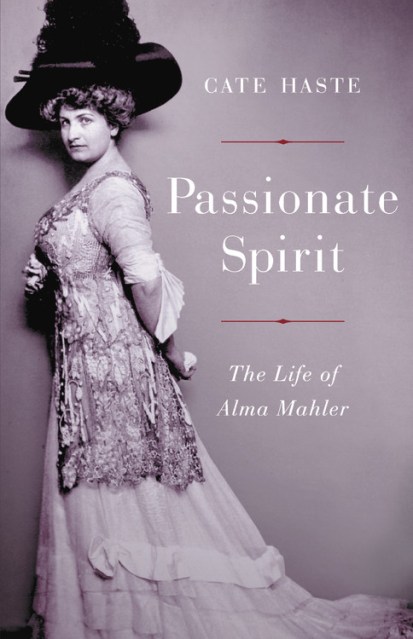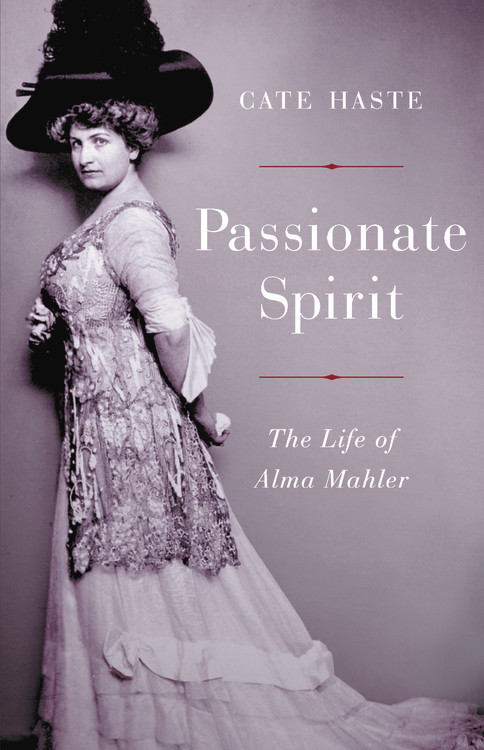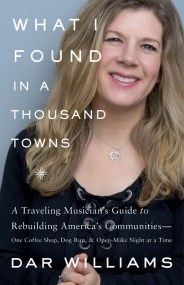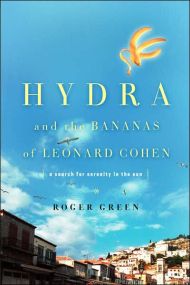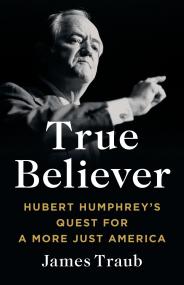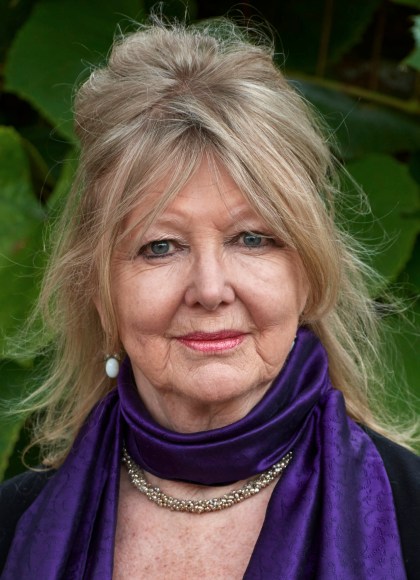Promotion
Use code MOM24 for 20% off site wide + free shipping over $45
Passionate Spirit
The Life of Alma Mahler
Contributors
By Cate Haste
Formats and Prices
Price
$32.00Price
$40.00 CADFormat
Format:
- Hardcover $32.00 $40.00 CAD
- ebook $18.99 $24.99 CAD
- Audiobook Download (Unabridged)
This item is a preorder. Your payment method will be charged immediately, and the product is expected to ship on or around September 10, 2019. This date is subject to change due to shipping delays beyond our control.
Also available from:
A new biography of Alma Mahler (1879-1964), revealing a woman determined to wield power in a world that denied her agency
History has long vilified Alma Mahler. Critics accused her of distracting Gustav Mahler from his work, and her passionate love affairs shocked her peers. Drawing on Alma’s vivid, sensual, and overlooked diaries, biographer Cate Haste recounts the untold and far more sympathetic story of this ambitious and talented woman. Though she dreamed of being the first woman to compose a famous opera, Alma was stifled by traditional social values. Eventually, she put her own dreams aside and wielded power and influence the only way she could, by supporting the art of more famous men. She worked alongside them and gained credit as their muse, commanding their love and demanding their respect.
Passionate Spirit restores vibrant humanity to a woman time turned into a caricature, providing an important correction to a history where systemic sexism has long erased women of talent.
Genre:
- On Sale
- Sep 10, 2019
- Page Count
- 368 pages
- Publisher
- Basic Books
- ISBN-13
- 9780465096718
Newsletter Signup
By clicking ‘Sign Up,’ I acknowledge that I have read and agree to Hachette Book Group’s Privacy Policy and Terms of Use
